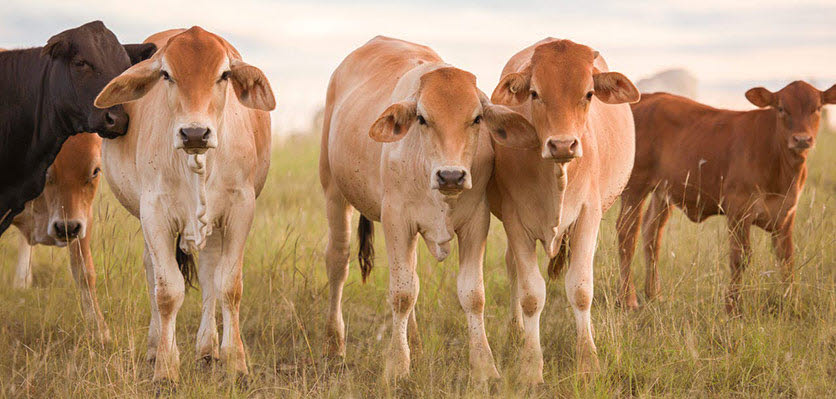
When it comes to livestock production in Australia, most people think of sheep, cattle, chickens and pigs. But what about alpacas, emus, deer and ducks?
There are a host of unique livestock sectors across the country that contribute to the economy and much like the more established livestock industries, they too require good on-farm biosecurity and emergency animal disease preparedness.
Animal Health Australia and Plant Health Australia have teamed up with Charles Sturt University (CSU) to develop biosecurity resources and emergency animal disease preparedness information for new and emerging livestock industries. These include emu, turkey, dairy sheep, buffalo and deer, and harvesting industries, including kangaroos, to name a few.
The project, which is being funded by the Rural Industries Research and Development Corporation, kicked off with research undertaken by CSU, which revealed there was a need for better biosecurity information for these unique industries and that a tailored approach was required when developing materials for them.
Regardless of the industry, all livestock producers face similar biosecurity risks when it comes to stock, vehicles, feed, materials and people moving on and off the property. The Farm Biosecurity Program aims to provide producers within emerging industries with the information they need about on-farm biosecurity measures and ways to prevent diseases, pests and weeds from affecting their business.
Resources and information are being developed for each of the new and emerging industry sectors and are placed on the Farm Biosecurity webpage.
BIOCHECK™
Australian Cattle Veterinarians (ACV) has also been taking an active role in improving on-farm biosecurity. ACV recently launched a new tool called BIOCHECK™ to assist members with easily creating biosecurity plans for their clients using similar technology to the popular ACV program, Bull Reporter.
The program is designed to ensure that the farm has considered the major biosecurity risks and has appropriate risk management strategies in place. The plan is largely based on the generic biosecurity plans that are available from the Animal Health Australia Farm Biosecurity website, and should be read in conjunction with the resources that can be downloaded from the Farm Biosecurity website.
This plan is evidence that the major biosecurity risks have been discussed and strategies developed to manage these, which are appropriate to the individual farm. For more information visit www.ava.com.au/cattle/biocheck-public.
This article appeared in the July 2017 issue of the Australian Veterinary Journal
